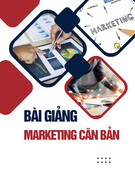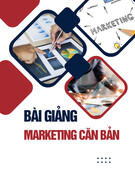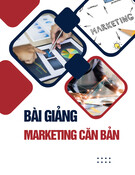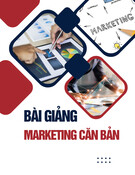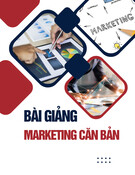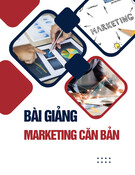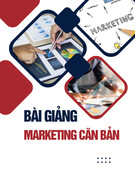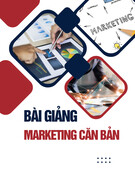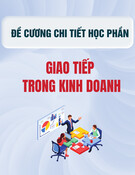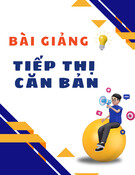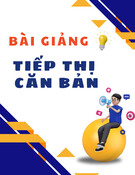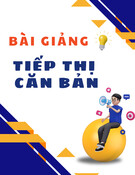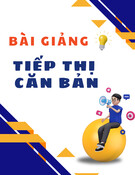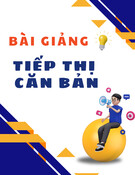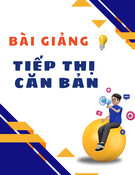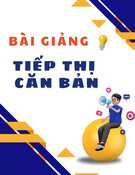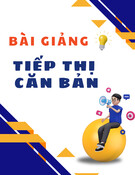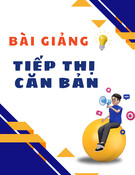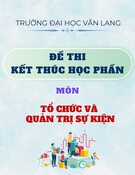
http://www.iaeme.com/IJM/index.asp 55 editor@iaeme.com
International Journal of Management (IJM)
Volume 9, Issue 3, May–June 2018, pp. 55–64, Article ID: IJM_09_03_006
Available online at http://www.iaeme.com/ijm/issues.asp?JType=IJM&VType=9&IType=3
Journal Impact Factor (2016): 8.1920 (Calculated by GISI) www.jifactor.com
ISSN Print: 0976-6502 and ISSN Online: 0976-6510
© IAEME Publication
CHANGING PATTERN OF PROMOTION IN
INDIAN ORGANISED RETAIL – A REVIEW
Sukanya Sharma
Research Scholar
,
Department of Management Studies,
IIT-ISM, Dhanbad, Jharkhand, India
Fedric Kujur
Research Scholar, Department of Management Studies,
IIT-ISM, Dhanbad, Jharkhand, India
Saumya Singh
Associate Professor
,
Department of Management Studies,
IIT-ISM, Dhanbad, Jharkhand, India
Gairik Das
Department of Management, IISWBM, Kolkata
ABSTRACT
Retail industry is incessantly going through dynamic changes due to liberalization,
globalization and consumer preferences. Retailing involves all actions that are
engrossed in selling goods, services and ideas to the final consumer to satisfy
customers’ needs. The existing retail houses are also gearing up to face the emerging
competition from the organized sector and the changing outlook of the consumers. This
has led to the transformation of promotion strategies of the retail organization. The
proposed paper is an attempt to review the changing nature of promotion especially in
organized retail sector.
Key words: Promotion, Retail Sector, Consumer, Communication Tools.
Cite this Article: Sukanya Sharma, Fedric Kujur, Saumya Singh and Gairik Das,
Changing Pattern of Promotion In Indian Organised Retail – A Review, International
Journal of Management, 9 (3), 2018, pp. 55–64.
http://www.iaeme.com/ijm/issues.asp?JType=IJM&VType=9&IType=3
1. INTRODUCTION
In India, retail industry is the second largest employer after agricultural sector. The Indian retail
market has been substantially growing for the last few years in the organized segment. Indian
Retail sector contributes 14% to the GDP and employing about 8% of the total inhabitants.
According to Indian Retail Report (2013) Indian Retail market attained Rs. 2,590, 000 Crore in






